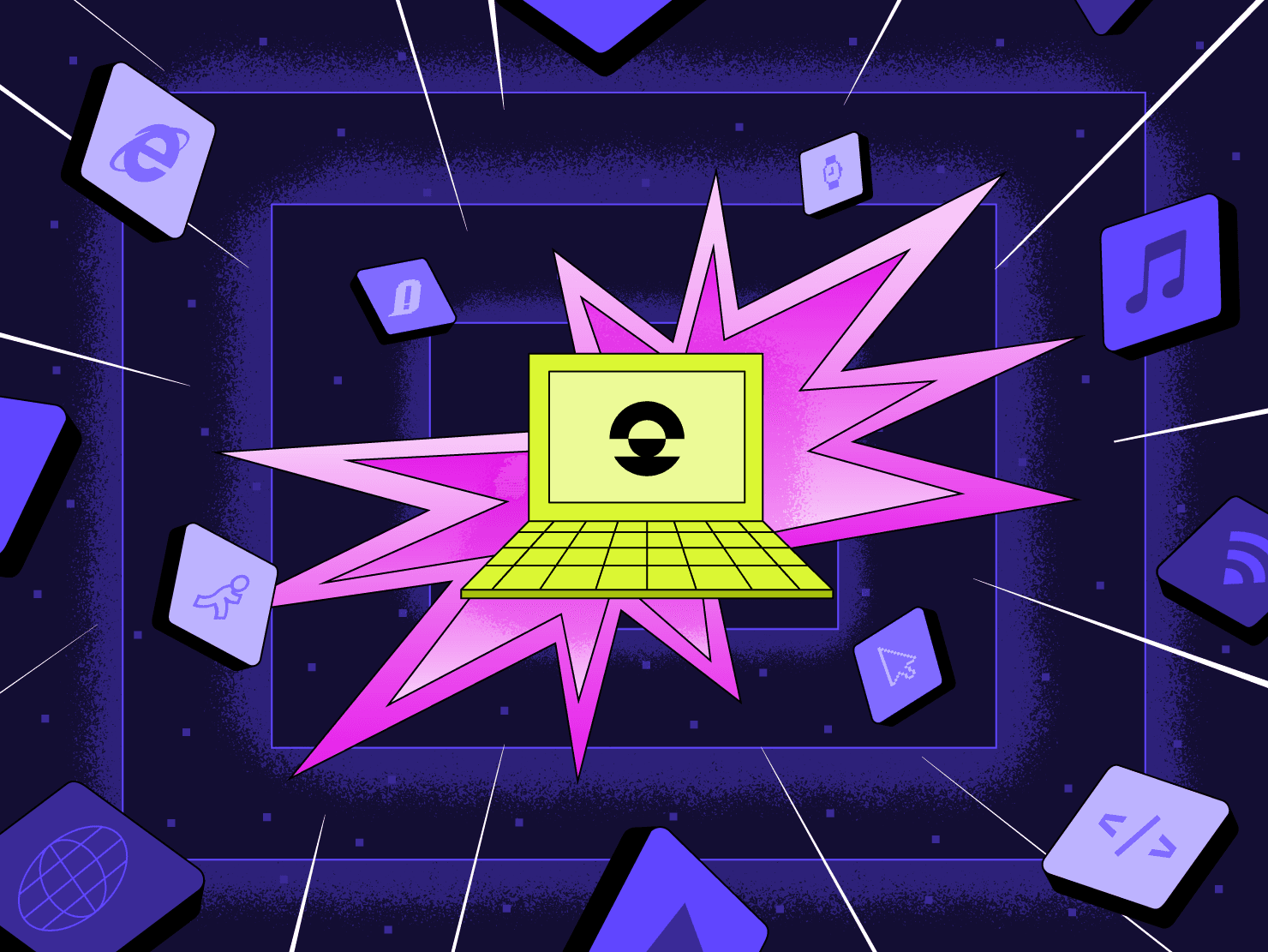
Chapter 3: Upsun and the decades of the open web
In the first chapter of this series, I touched on the pendulum of the open web: the desire to leverage the economies of scale of Infrastructure-as-a-Service (IaaS) providers but avoid vendor-lock-in as much as possible. In the second chapter, I dove into the history of the web and how the technologies and methodologies have evolved to lead us to where we are today, and why Upsun was created.
In this chapter, I will discuss how 2023 and 2024 are recognized as pivotal years for the web as after a decade of slow and steady growth, machine-learning techniques are becoming pervasive. A topic which we want to delve a little deeper into this third and final chapter of our decades of the web series—let’s talk artificial intelligence!
Open source as we know it is changing
If we accept the idea that organizations today cannot be separated from their digital infrastructure, as discussed in chapter 1 of this series. We can also see that the digital infrastructure and its relationship to open source is changing in a very significant way at the moment with the rise of artificial intelligence (AI).
In today’s context, we already know some tasks—many of which are already outsourced to low-value engineering forces—will soon be mostly replaced by some forms of AI-assisted software development. However, we have yet to have any level of understanding on how this plays out through a complete five-to-ten-year cycle. Especially in terms of the forms of investment AI will require in terms of maintenance, security, and scaling.
Some argue the rise of AI-assisted software could lead to the role of the software developer being reduced in the coming years. While outsourcing through Software-as-a-service (SaaS) offerings and APIs alongside the pervasiveness of AI will replace many traditional software development tasks within low-code or no-code frameworks. However, this is an improbable outcome in my opinion. In the long term, there will very likely not be fewer people producing code nor fewer people maintaining jobs around the creation and management of code. Instead, the nature of the code will somewhat change as will the nature of processes around bringing software from idea to production.
The IT cycle: how our technologies have changed
Throughout the history of the internet, we have witnessed the cyclic nature of the IT world. With moments of great creativity and great chaos occurring as new technologies disrupt the old. But this doesn’t happen within one, single cycle. There are multiple, overlapping movements happening across various levels of the production cycle, over multiple dimensions of technology and organizational structures, all influencing how those cycles take place.
Sometimes the strongest movements happen in the actual programming languages landscape. We have seen that first with PHP, then Javascript, then Ruby, followed by Python as dynamic languages ruled the web for the first two decades of its existence. The enterprise mostly stayed on compiled languages with the world mostly split between Java and .NET stacks.
Other times movement happens at the architectural level. We saw this first with start-of-the-century, service-oriented architectures (SOA) then with the microservices movement, and now with the Lambda/serverless approaches. We also saw this with data stores, from the monolithic central Oracle to the explosion of purpose-built stores—such as ElasticSearch, Redis, InfluxDB, and Graph database—to using Postgres for everything.
And now we’re witnessing movement at the meta-infrastructure level with so-called platform engineering. Posing the question: how do you select, implement, and manage the tools that manage the tools that run the actual useful workloads?
The continuum goes from creative and dispersed, to standardized control. Each time the pendulum on any of the dimensions of IT swings too far one way or the other, we either get out-of-control costs and loss of quality, or stagnation and inefficiency, each yielding their own cost inefficiencies.
The next phase in the cycle: a flexible, self-service PaaS
Upsun tries to be a proposition for an equilibrium. Instead of investing a huge amount of time and money in building the bureaucracy and tooling that would possibly allow you to make modest gains in productivity, Upsun allows you to go for the end result immediately. You accept some constraints and some choices—and some of those choices might be challenging. We can automate and run most workloads, not all of them. But you don’t have to make compromises on the blockers: security and compliance. With flexible resource allocation, instant preview environments, and observability among a variety of robust features, you can get to that end result with more flexibility, efficiency, and collaboration for your team.
Machine learning-assisted coding is happening and it is changing how software gets created. It is also going to very likely change some of our assumptions about the place of open source: something is going to be commoditized.
If you bet on the cycle we are in to be one of creativity it makes sense not to spend time on Infra, neither in the development cycle nor in the production cycle. This is a bet on the idea that our domain is going to traverse some very interesting chapters, not a moment to lock yourself in.
